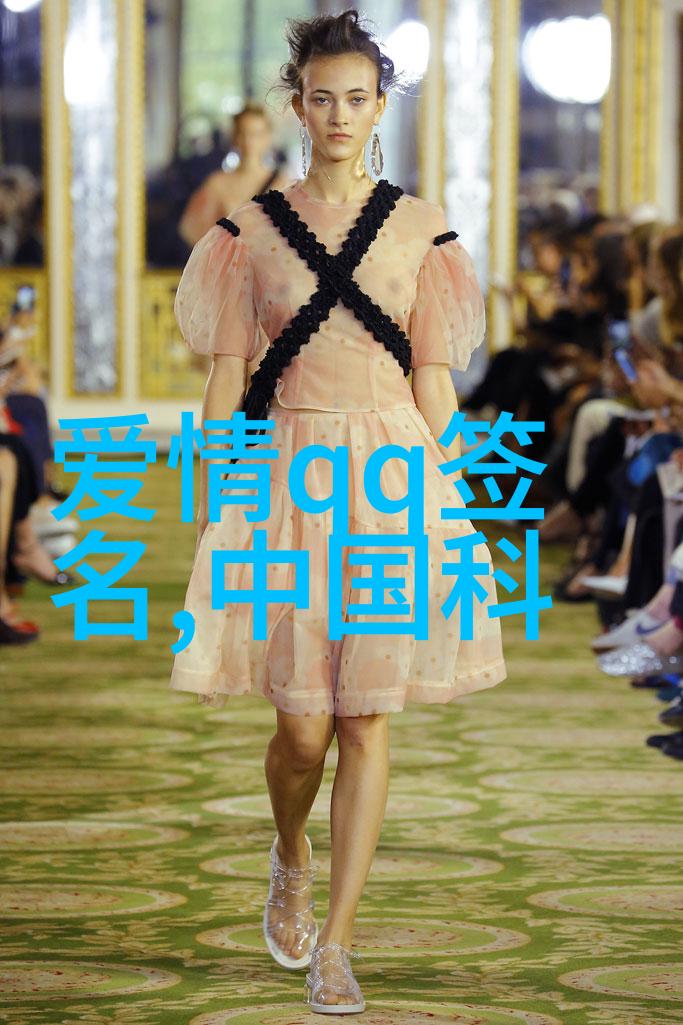The Whimsy of Vintage Typography A Journey Through
Early Beginnings

Typography, as we know it today, has its roots in ancient civilizations such as Egypt and Greece. The Egyptians used hieroglyphics to communicate through intricate symbols while the Greeks developed a more refined system of writing using letters that were both aesthetically pleasing and functional. As civilizations evolved so did typography, with each era leaving its mark on the development of written language.
The Renaissance Revival

During the Renaissance period, there was a renewed interest in classical Greek and Roman styles which led to an explosion in creative typographic experimentation. This period saw the introduction of new typefaces like Italic script designed by Giambattista Palatino and Claude Garamond's elegant serif fonts which became synonymous with elegance and sophistication.
Victorian Era & Art Nouveau

In Victorian England, industrialization brought about mass production techniques that made printing more accessible to people from all walks of life. This led to an increase in literacy rates among various social classes who could now afford books for personal reading pleasure or education purposes.
Art Deco & Bauhaus Influence

As modernity dawned on society during the early 20th century, designers began experimenting with geometric shapes inspired by Art Deco architecture alongside clean lines influenced by Bauhaus design principles creating unique fusion designs for print materials such as posters advertising travel destinations or advertisements promoting consumer goods.
Digital Age & Retro Revival

Fast forward into our current digital age where technology has revolutionized communication through instant messaging apps that use emojis representing emotions; however some individuals have been drawn back towards vintage aesthetics seeking comfort within familiar patterns reminding them of simpler times when they first discovered love for literature at school libraries filled with classic novels printed using traditional methods making their pages feel heavier than any e-book can replicate today despite advancements made possible via computer screens displaying text digitally rendered according to pre-defined font sets based upon historical models created centuries ago before computers existed let alone mobile devices holding entire libraries at one's fingertips!